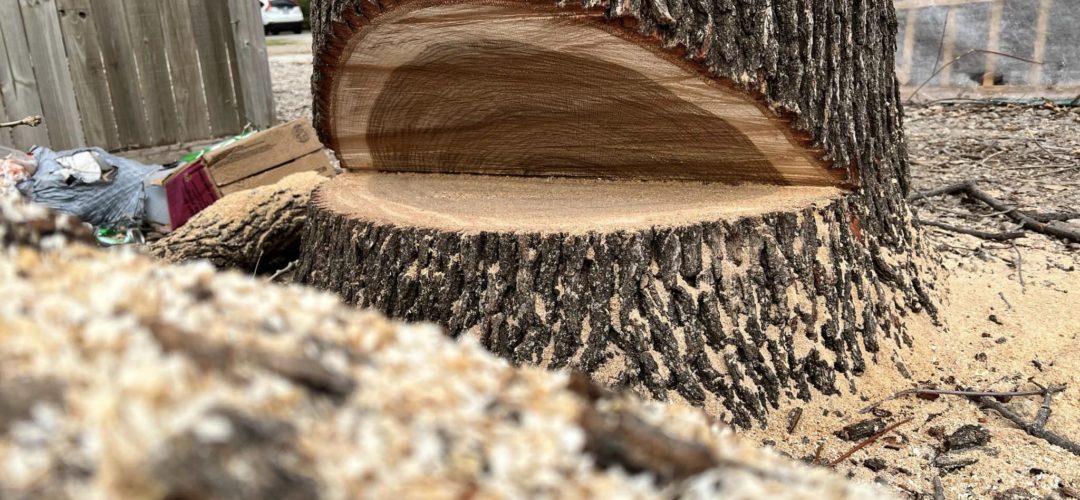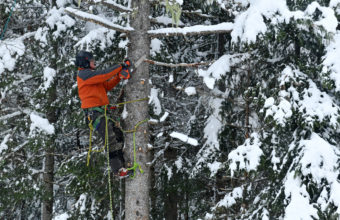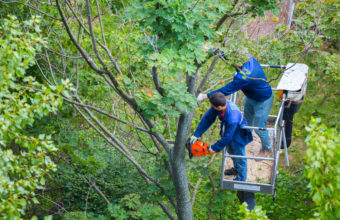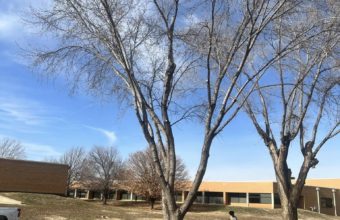When trimming or pruning a tree, there are specific parts of a tree that should not be cut to ensure the tree’s health and longevity.
To ensure proper tree care, it is crucial to follow proper pruning techniques and to avoid the following…
- Branch Collar – The branch collar is the swollen area at the base of a branch where it connects to the trunk or another larger branch. This collar contains specialized tissues that help the tree heal and seal off the pruning cut. Cutting too close to or into the branch collar can inhibit proper healing and increase the risk of disease or decay.
- Branch Bark Ridge – The branch bark ridge is a raised strip of bark that forms where a branch joins the main trunk. It marks the boundary between the branch and the trunk’s bark. Avoid cutting into or through the branch bark ridge, as this area plays a crucial role in compartmentalizing the wound and promoting healing.
- Top of the Trunk (Leader) – Do not cut the top of the main trunk, also known as the leader, unless it is necessary due to structural issues or specific pruning goals. Topping or removing the leader can severely harm the tree, lead to the growth of weak branches, and make the tree more susceptible to disease and storm damage.
- More Than 25% of the Tree’s Crown – Avoid removing more than 25% of a tree’s crown (the upper part of the tree containing leaves or branches) in a single pruning session. Excessive crown removal can stress the tree and compromise its health. It’s generally recommended to spread out pruning efforts over several years to minimize stress.
- Healthy and Vital Branches – Do not remove healthy and vital branches unnecessarily. Pruning should focus on removing dead, diseased, damaged, or crossing branches, as well as those that pose a safety hazard.
- Large Branches Without Proper Support – Cutting large branches without using proper pruning techniques, such as using a three-cut method for larger limbs, can lead to tearing and bark damage. Ensure that branches are adequately supported during the pruning process.
Approach tree pruning with care and knowledge to maintain the tree’s health, structural integrity, and aesthetics. When in doubt, it’s advisable to consult with a certified arborist or tree care professional who can assess the tree’s needs and provide guidance on the appropriate pruning practices for your specific situation.






